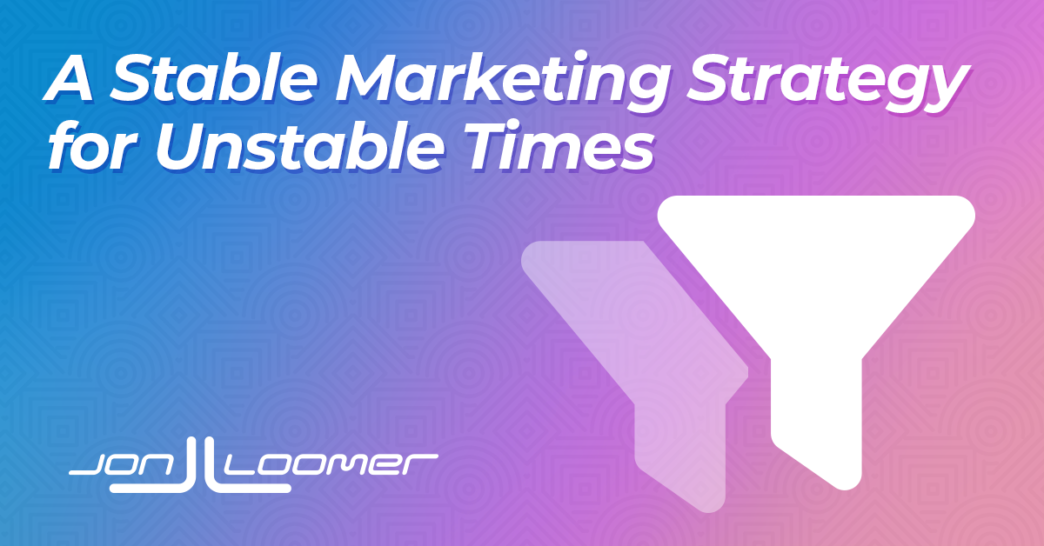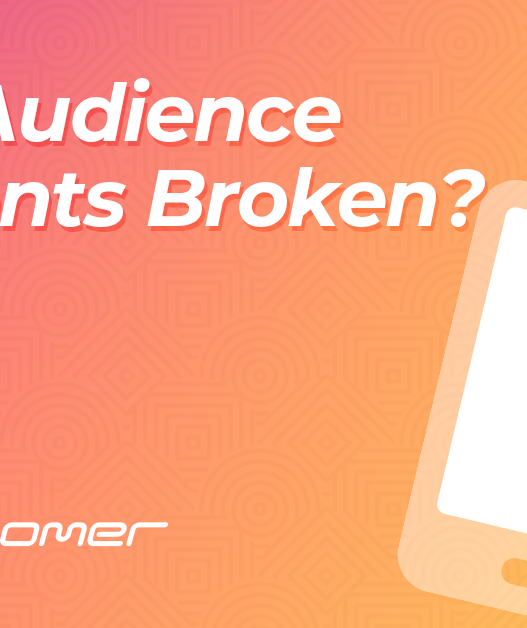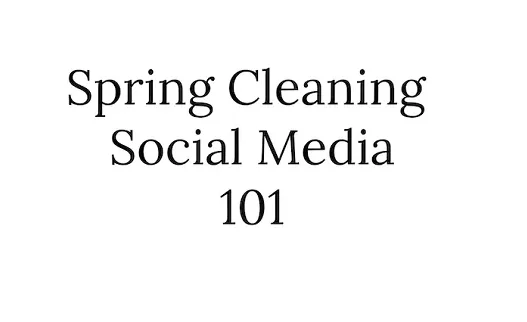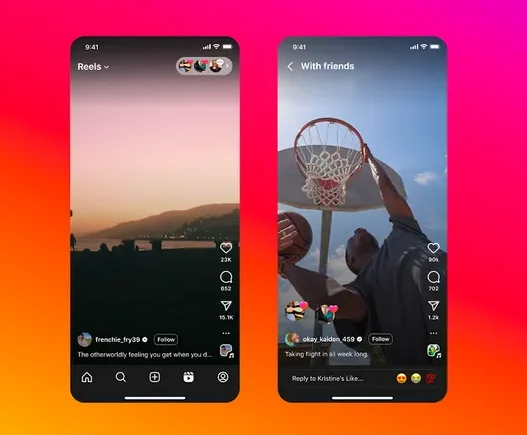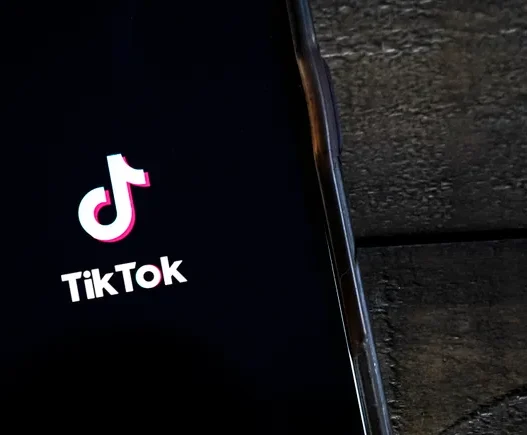I started this website in 2011, and I cannot remember a more unstable time to be a marketer or run an online business. Consider the following…
1. Platform Instability.
We haven’t seen anything like what we’re seeing right now. Simply consider everything that has happened during the past couple of years, with most of it happening right now:
- Elon Musk dares users and advertisers to leave Twitter/X
- Meta launches Threads
- Mark Zuckerberg does his best Musk impersonation with Meta
- TikTok on the verge of an actual ban in the US
This is crazy. Just during the past year alone, consider all of the migration that has happened and will happen. Users left Twitter/X for Threads and BlueSky. Users are leaving Meta for [?]. Users migrating from TikTok to [?].
Speaking for myself, it wasn’t difficult to leave Twitter. But now we’re in a place where there are few good alternatives. Everything either feels corrupted, potentially corrupted, or in the early stages before that corruption happens.
There is going to be a lot of jumping around during the next few months, and it will be interesting to see where people fall and whether any new mainstream (and safe) solutions arise.
2. Distribution Instability.
This started a decade ago with Facebook’s news feed algorithm impacting outgoing traffic. Facebook was once a goldmine for organic traffic, but now it drives a fraction of what it once did.
Long-form self-hosted blogs gave way to short-form social media text posts. Facebook preferred links until it didn’t. Long-form video was king on YouTube before TikTok and Shorts arrived. Then Meta copied TikTok and featured Reels everywhere.
Distribution of content has been a pain point on every platform. Algorithms change. Creators are unable to reach their followers — or they’re unable to reach a new audience. The ebbs and flows and migrations of each platform drive uncertainty.
3. AI-Related Instability.
This, on top of everything else, is too much. Now human creators are competing with AI creators. Or they’re battling AI-generated comment spam. Google and other search engines are becoming AI answer engines, which impacts organic search referrals. Websites are published overnight with entirely AI-generated content.
It’s chaos. I’ve certainly been in the middle of it. While I wouldn’t claim to have the clear, definitive solution, I can share how I’m addressing it.
Here’s what I’m doing…
Platform Diversity
For years, we’ve heard that “You can’t be everywhere.” While true — and I echoed this advice — focusing on one or two platforms was pretty clearly a dangerous game.
As mentioned, I played this dangerous game myself. When it came to establishing a social media home base, I spent most of my time on Facebook. I mostly ignored every other platform. It wasn’t until 2022, when I started to pay for this decision, that I shifted that approach.
The suggestion that “you can’t be everywhere” is partly true and means well. Not every business has the resources to commit the time to establish an optimal presence on every platform — or most of the important ones.
But that kind of misses the point. You can still “be everywhere” while focusing on one or two.
Now that nearly every platform supports short-form video, it made for an easy distribution strategy. Every video I create goes to the following platforms:
I approach the LinkedIn videos somewhat differently, since I’ll add more written commentary. But otherwise, I’m repurposing the same video everywhere.
Is that ideal? No. The ideal scenario would be to have the dedicated resources to create unique content and spend the time to build a presence on each platform.
But I can’t do that. I won’t do that. And sharing the same content everywhere is better than the alternative of focusing entirely on one and putting all of my risk in that platform.
I built my TikTok presence from nothing to 35,000 followers in about two years. But I’m not at all concerned about losing that. If TikTok is banned, those people will have to go somewhere. My most loyal followers will find me elsewhere.
If you can create unique content on several platforms, great. But the bottom line is that platform diversity protects you in times of instability (like today).
Find the platform or two where you want to dedicate the most time connecting and building relationships. Otherwise, do what you can, but create a presence in as many places as you can. Find a way to do it as efficiently and effectively as possible.
Media and Content Diversity
My business was birthed by my blog. I wrote content, which attracted readers and subscribers. It created an opportunity to sell my own products.
I would experiment with a podcast and long-form video, but it was crystal clear that my business was blog-first during the first 10 years. The truth is I leaned too heavily into one form of content, which was a bad risk.
That became impossible to ignore when my business was spiraling in 2022. Facebook was no longer generating the organic clicks that it once did. Organic search referrals from Google slowly dropped from as much as 10,000 per day to under 1,000.
It was a painful lesson, but I committed myself to short-form video in late 2022. After publishing at least one video every day of 2023 and most of 2024, I’m focused on three per week in 2025.
I’ve established myself with short-form video now, so that allows me to better diversify the types of content I create. I continue to write a blog post every week, in addition to three short posts that feature my videos. And now I’m bringing back my podcast, but at a commitment level that is realistic.
Not everyone reads blogs. Not everyone consumes short-form video. Not everyone listens to podcasts. But if I create a little of all three, I have a better chance of reaching a more diverse audience.
Distribution Control
Another popular piece of advice is “Don’t build your house on rented land.” While I do believe that this advice is overly simplistic (and we rent a lot of the stuff our house is built on), the underlying point of ownership is valid.
A primary — if not the only — reason I still have a business is because of what I own or mostly own. This website and my email list have always been the engine that drive my business. It now gets more help than it once did from other distribution channels.
While my email list has always played a key part, I’m far more intentional and strategic now in 2025. I sent more traffic to my website from email in 2024 than I had in any year since 2017. That was done while sending far fewer emails in total volume — but more to those who were most engaged.
I’m tweaking that approach in 2025 to give my subscribers more control of email frequency while creating more opportunities to leverage email for cross promotions.
Following are the primary ways that you can subscribe to my content:
With this approach, you will get exactly what you subscribe to and very little else. The second half of emails will sometimes be dedicated to cross-promotion of subscriptions and paid products like my private membership and one-on-ones.
While this may at least temporarily hurt email-driven traffic to my website, I’m confident that it will result in a more engaged email list with less churn.
AI-Aware and Curious
We’re in a weird place with AI. It’s very easy to be overwhelmed by the velocity of change.
You can also get lost in trying to stay on top of it all — or aiming to use AI for everything. While AI can replace humans for repetitive tasks and be a good complementary tool, you can take it too far.
This might partly be my own creative resistance to AI content, but I believe that there will be an adjustment. AI-generated images, video, and even written content is novel now. There are cases when it can have value. There are others when it’s a huge annoyance, if not problematic or illegal (via theft).
I enjoy creating content, and I don’t want AI to replace that task for my own process. But I do use it for brainstorming and some editing tasks. I just wouldn’t consider myself AI-first in any way.
My favorite use of AI right now is my chatbot that is powered by more than 600 pages of my content. It became so good and popular that I finally had to move it from free to a members-only benefit. Some expressed their displeasure with this decision, but it was simply becoming too expensive. And people were using it in ways I never would have imagined.
We can’t stick our heads in the sand and hope that AI will go away. It won’t. We also don’t all need to be AI experts. Be aware and curious.
How is this relevant to the current discussion? AI may be able to help us with creation and distribution. We just need to balance the value of human vs. AI-generated content.
Paid Efforts
I hope you didn’t forget this one. It doesn’t matter how good your organic efforts, you should have some sort of paid strategy.
For me, that focus has always been with Meta advertising (obviously). Not much has changed here, though I’m certainly uneasy about Meta’s most recent decisions.
I’d like to tell you that my current focus on using ads for list building is somehow new, but it’s not. While I’ve also used ads for sales, quality traffic, and video engagement, list building has always been my best long-term investment.
Whether it’s Meta, Google, podcast ads, or something else, find a paid distribution channel to accelerate your efforts.
Your Turn
How has your approach changed to address these uncertain times?
Let me know in the comments below!

